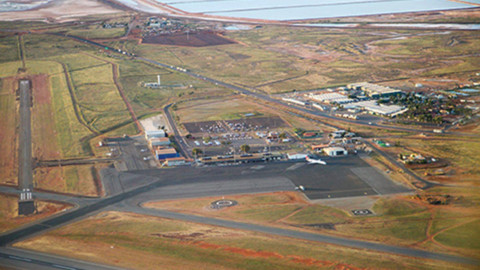Effective communication is paramount for success in any project, enabling leaders to navigate an intricate web of relationships and interests to create an environment built on trust and cooperation. In this article, we outline eight key tips that help make stakeholder management and communication a breeze.
In the infrastructure industry especially, managing a diverse range of stakeholders such as governments, local communities, contractors and investors can be the most challenging aspect of a project. Communication breakdowns can lead to project delays, legal disputes and reputational damage. That’s why conveying information clearly, transparently and in a timely manner is crucial.
Here are our top eight tips for effectively communicating with stakeholders:
1. Perform a stakeholder assessment
Conducting a comprehensive stakeholder assessment is a critical first step in any project. This process is essential to identify and understand the varied requirements, concerns and expectations of all involved parties. Communication strategies can then be tailored to the specific needs of different stakeholders.
2. Determine the right mode of communication
Recognise that not everyone prefers the same mode of communication. Some may respond better to face-to-face meetings, while others may prefer emails or digital platforms. Understanding these preferences enables project leaders to choose the most effective communication channels for different stakeholders, ensuring that information is disseminated in a manner that resonates with each group.
3. Encourage an open dialogue
Establishing an open and two-way communication channel is essential for creating transparency and minimising the risk of misunderstandings and conflicts. Ask stakeholders for their thoughts – do they have concerns, suggestions or feedback? Inviting stakeholders into the conversation can be done via meetings, emails or in-person events.
4. Be consistent
Consistent communication demonstrates a commitment to keeping stakeholders informed throughout the entire project lifecycle.
Regular updates and progress reports help maintain stakeholder confidence and build a sense of reliability. It’s also important to maintain coherent messaging across channels and interactions.
5. Utilise structured formats
Deliver automated email updates, periodic newsletters or scheduled meetings to ensure stakeholders receive a consistent stream of information. Frequency of updates can be tailored to each stakeholder, depending on their specific needs, level of involvement and the criticality of the information. A weekly digest, for example, could include budget updates, photos and next steps.
6. Get creative
Traditional methods of communication have their place in keeping everyone regularly informed, however, there’s more in the toolbox than just emails and newsletters. When it comes to effective engagement with stakeholders, video presentations, virtual town halls and social media are just some of the ways you can diversify your communication approach.
7. Leverage informal communication methods
Informal methods such as workshops, interactive events or lunches offer a more personalised and dynamic approach to stakeholder engagement. This also offers an opportunity for active participation. If done right, these events can make stakeholders feel more valued and connected to a project’s success, proving more effective than formal approaches.
8. Create a centralised information hub
Establishing a centralised and easily accessible online platform for project documentation, real-time updates and FAQs ensures stakeholders can quickly find the information they need. Adding visualisations and interactive maps can also increase the engagement of such platforms, while online panels can allow stakeholders to input feedback at their convenience.
Considering the various stakeholders involved in infrastructure projects, being adaptive when it comes to communication strategies can ensure messages are delivered in a way that meets the unique needs of each group. This is key to fostering a connected, informed and engaged stakeholder community.


















